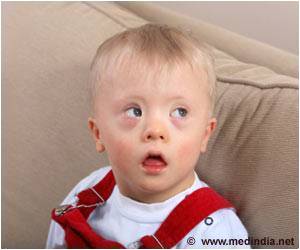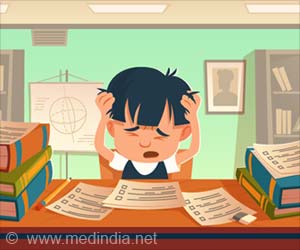Early and aggressive treatment may help children suffering from juvenile arthritis with better outcomes.

Researchers recently looked at children with polyarticular JIA to see if early and aggressive treatment could get rid of their clinical signs of juvenile arthritis within six months and cause them to go into clinical remission within a year. In addition to this ambitious goal, the researchers - led by Carol Wallace, MD; professor of pediatrics, Children''s Hospital and Regional Medical Center, Seattle, Wash. - also looked at other signs of disease activity (such as a physician''s assessment of disease activity, a parent''s assessment of well-being, number of joints with arthritis, and number of joints with limited motion) to determine if any positive changes could be made.
"This is the first randomized, double blind clinical trial using inactive disease and remission as the main outcomes," says Dr. Wallace. "It is not enough for treatments to improve JIA, we need to treat for remission of disease."
The study included eighty-five children - ages two through 16 (predominately girls with an average age of 11) - who had been diagnosed with JIA, on average, five months before their participation. Each participant was randomly placed into one of two groups: the first group was placed on methotrexate by injection weekly, etanercept (Enbrel®), and prednisone (the prednisone was tapered to zero by four months) - this was called the M-E-P arm. The second group was placed on methotrexate (the same amount by injection) and two placebos (to imitate the etanercept and prednisone) - this group was called the MTX arm. The patients, their parents, and the researchers did not know which treatment individual patients were receiving.
Dr. Wallace''s team looked at the effectiveness and safety of treatment in both groups. Each group received follow up for up to 12 months. After four months of treatment, participants who improved by 70 percent continued on their blinded medications. Those who didn''t show 70 percent clinical improvement received unblinded etanercept and prednisone in addition to their methotrexate.
At six months of treatment, those patients who achieved clinical inactive disease (no disease activity at all) continued on their treatment until 12 months. Those who did not achieve clinical inactive disease were treated with unblinded etanercept and prednisone in addition to the methotrexate until the end of the study at 12 months.
Advertisement
Analysis of all of the different patient variables revealed that the only one that predicted clinically inactive disease at six months was the disease duration at the beginning of the study. For each month earlier that treatment was started after onset of symptoms, the odds of clinically inactive disease increased by 30 percent, and - according to Dr. Wallace - this is highly significant and consistent with findings for rheumatoid arthritis.
Advertisement
In addition, the researchers noted that there were no differences in safety between the two groups. Side effects - including infections - were similar within the two groups. There were three serious side effects throughout the duration of the study: pneumonia, psychosis, and bacteria in the blood with septic arthritis. All of these resolved.
"This is a remarkable study that demonstrates the importance of early, aggressive therapy for children with polyarticular JIA," says Dr. Wallace. "Our patients deserve the best, most effective therapy."
Source-Newswise














